I look at American movies, the big muscles, and try to apply that to Chinese film-making
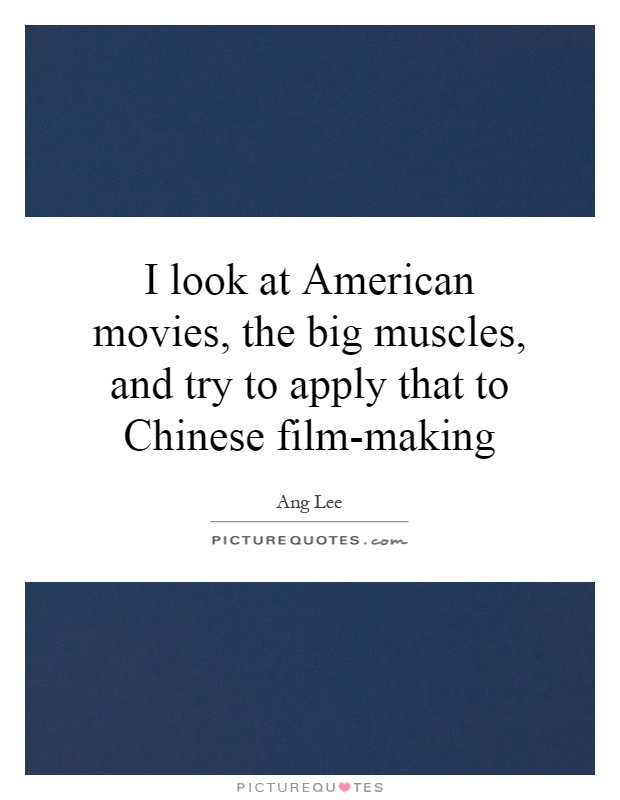
I look at American movies, the big muscles, and try to apply that to Chinese film-making
Ang Lee, the renowned Taiwanese filmmaker, is known for his ability to seamlessly blend Eastern and Western influences in his work. One of the key elements that sets Lee apart from other directors is his willingness to draw inspiration from a wide range of sources, including American movies. In fact, Lee has openly discussed how he looks at American movies, particularly those featuring big muscles and action-packed sequences, and tries to apply that to Chinese filmmaking.Lee's interest in American cinema can be seen in many of his films, including "Crouching Tiger, Hidden Dragon" and "Life of Pi." In these movies, Lee incorporates elements of Hollywood-style storytelling and visual effects while still staying true to his own cultural roots. By combining the best of both worlds, Lee is able to create films that appeal to a global audience while also showcasing the unique beauty and traditions of Chinese culture.
One of the ways in which Lee incorporates American influences into his work is through the use of big muscles and action sequences. While traditional Chinese cinema often focuses on martial arts and elegant fight choreography, Lee has taken inspiration from Hollywood blockbusters to create more dynamic and visually stunning action scenes. This can be seen in films like "Crouching Tiger, Hidden Dragon," where the characters perform gravity-defying stunts and engage in intense sword fights that rival anything seen in Western action movies.
By incorporating elements of American cinema into his work, Lee is able to push the boundaries of Chinese filmmaking and reach a wider audience. His willingness to experiment with different styles and techniques has earned him critical acclaim and numerous awards, including multiple Oscars for Best Director. In the process, Lee has become a trailblazer in the world of international cinema, proving that cultural boundaries can be crossed and that great art knows no borders.
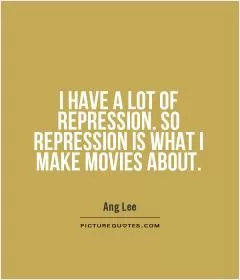
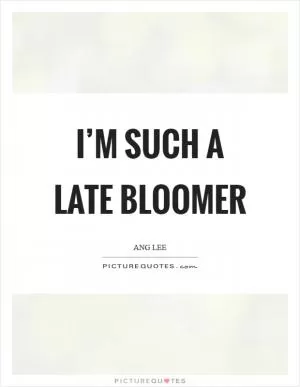







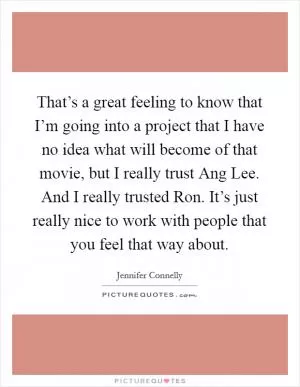

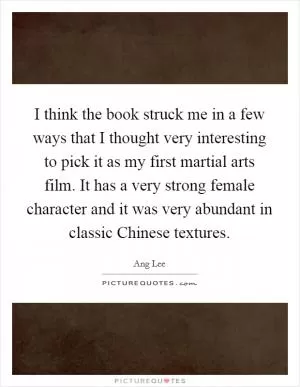
 Friendship Quotes
Friendship Quotes Love Quotes
Love Quotes Life Quotes
Life Quotes Funny Quotes
Funny Quotes Motivational Quotes
Motivational Quotes Inspirational Quotes
Inspirational Quotes